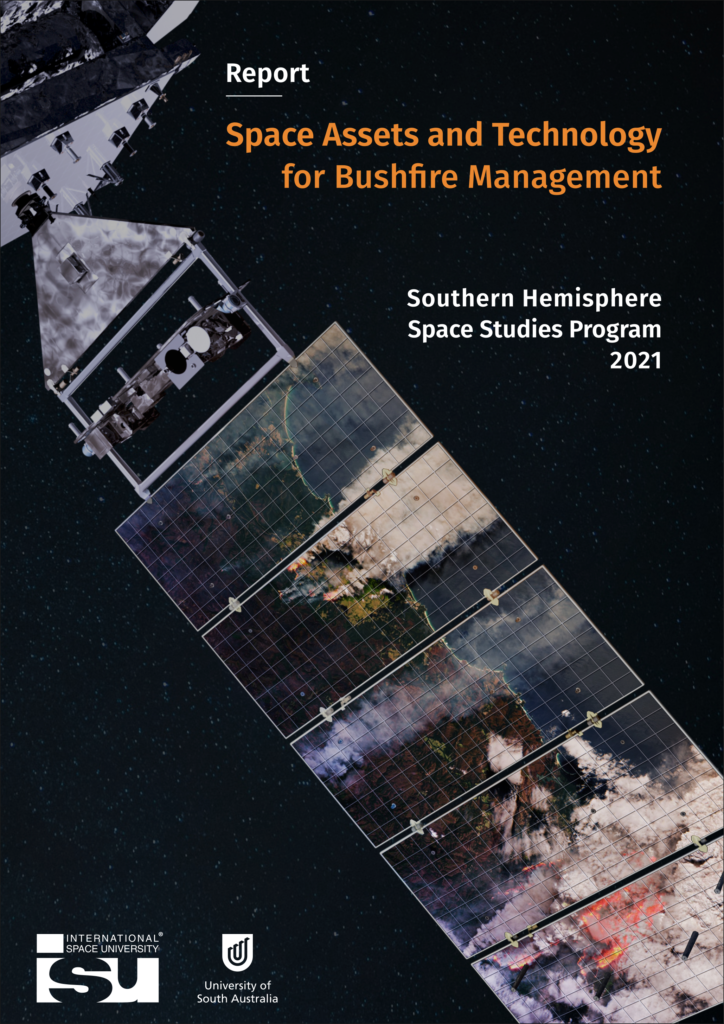Australian higher education has arrived at a crossroads. The Government has set a policy direction which largely de-funds the humanities, including the field of Communication, in which I have thus far made my career. Additionally, the field appears imperilled by Ministerial interventions into research funding determinations, decisions taken by University managements in response to the impact of the coronavirus situation, and the ongoing decline of the media industry.
With the sector at a crossroads, so too is my career. My participation in the 2021 Southern Hemisphere Space Studies Program (SHSSP21) by the International Space University and the University of South Australia is an opportunity to help steer my career beyond this moment and into contact with an industry which has long been one of my personal interests but with which I have had no professional engagement. Whether this ultimately takes the form of a reshaped research program within my current role or an opportunity elsewhere, the program has proven ideal for the purpose.
Space podcasts such as Houston, We Have a Podcast and Planetary Radio are among those to which I subscribe, and I have previously proposed some research questions for prospective space humanities academics such as myself. I devour papers, blogs and books by space humanities academics (for example, Alice Gorman’s Dr Space Junk vs the Universe). I have in draft a paper that examines NASA’s live broadcasting of space flight activities and another extending Marshall McLuhan’s concept of the “global village” (from Understanding Media) to one encompassing a “galactic village”. I have other project concepts examining the economic impact of the famous Parkes Radio Telescope (now called Murriyang), which is local to and part of the regional communities my institution serves. And yet, I have not been able to connect to the industry in any meaningful way.
This has changed through SHSSP. Throughout the program, I have built out my general knowledge in a range of space topics with which I had previously only a passing awareness. I have connected on professional social networks with space professionals across industries and nations, including for example some 30 new connections on LinkedIn thus far. Key among the friends and colleagues from this program are my “Moonlings” – the follow participants with whom I was grouped in our ‘Moon habitat’ for completion of many of the social and academic aspects of the program. This group of incredible people come from across the world and each of them has offered me insight, advice, collegiality, friendship and laughter throughout SHSSP.
I have also slightly reworded the home page of my personal website to highlight ‘science communication’ and ‘space studies’ as research interests and will follow with edits to my professional biographies. Additionally, one of the SHSSP mentors and I are discussing co-publication opportunities based on one of my current papers. Thus I am expecting to successfully turn my participation in SHSSP toward a reinvigorated research agenda focussing broadly on space studies from within my existing communication discipline and ideally at my current institution. Moreover, several Universities in Australia have recently launched new research institutes focused on space (for example, Swinburne University of Technology; University of Western Australia). This is a particularly exciting prospect as it allows me to fully align my current professional practice with an industry that is in ascendancy in research, industry, and national and international policy.
Coming into the team project stage of SHSSP, I was unsure how to approach it. I have some training as a rural firefighter from my teenage years, and I have experienced firefronts from inside villages under threat (notably in 2001) and as a journalist working for the Australian Broadcasting Corporation during the 2013 fires near the Illawarra region, and my home town and its neighbours were impacted again in 2019-20. However, the focus of the project, predicting and mitigating bushfires using space assets and technology, is well outside my traditional area of expertise and it took a few weeks to determine how I could best contribute. Initially my focus was on legislation as well as clearing up misconceptions among participants about how fires occur and spread in Australia. However, as the project has continued, it is clear that my ability to rapidly find, analyse, and organise literature and blocks of text, although not unique in the group, is in itself a substantial contribution. As such, I contributed to the Moon Habitat’s structuring and editing efforts in collaboration with Rebecca Kuster. We integrated the various streams of research from across our habitat team and fed that work upstream into the overall group project. Along the way, I drafted and redrafted portions of the text for readability, clarity, and consistency and contributed some sections based on my own reading of the available literature. I can certainly claim to have contributed fairly to the overall project report.
As a child in a small rural Australian town in the 1980s and 1990s, I had two clear ideas of what career I might pursue. Either I would be an astronaut following the likes of “Australia’s astronaut”, Dr Andrew Thomas or I would be a discoverer of antiquities of some kind, like Indiana Jones or Alan Grant from Jurassic Park. However, I had no aptitude for mathematics and little to no career advice or family members who had any experience appropriate to guide me into these or other professional careers. Instead, I was generally expected to just finish school and get a job. I did that, working at supermarkets and in bars for some years before later returning to higher education. Eventually, I found my way into a program that let me study what it was about media that helped particular ideas – like those misguided ones of my childhood – become so embedded into culture. I progressed from there into a PhD. Now I find myself at a career crossroads where I might adequately turn back to one of those childhood dreams with the knowledge, connections and skills gained through SHSSP.

